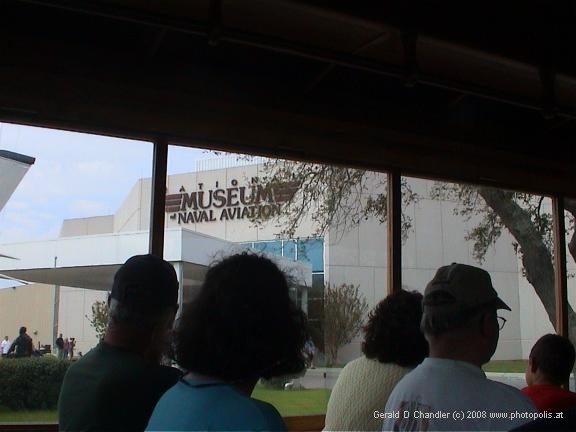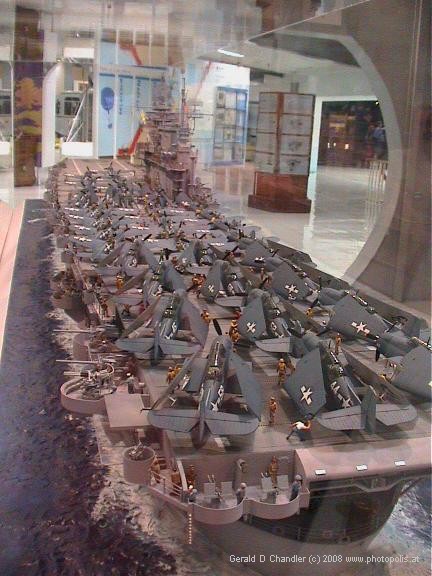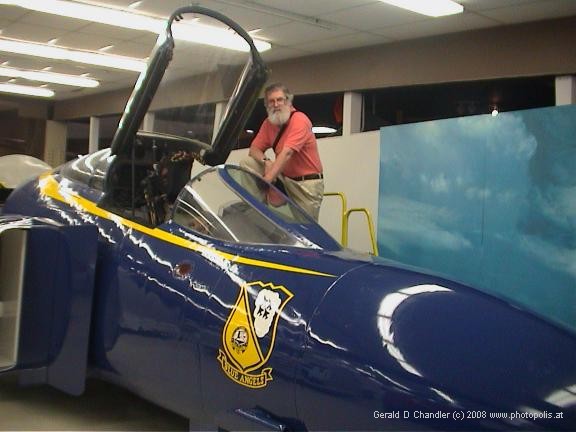Home | Front Page | Index | Blog | New | Contact | Site Map
St Augustine
Castillo San Marcos
Miami Beach
Holocaust Memorial
Tallahassee
Gulf Coast
Pensacola
The Rosenzweigs
Gerry's Florida Relatives
Kazers In Florida

Virginia
North Carolina
South Carolina
Georgia
Florida
Alabama
Mississippi
Louisiana
Texas
Arizona
California
Nevada
Index 1999-2002
Index 2003-2004
Index 2005-2006
Index 2007-2008
Index 2009-2011
As in the rest of Florida, Spaniards were the first Europeans to settle in Pensacola. Their first settlement came in 1559, six years before the founding of St Augustine , but it didn't last. A permanent settlement came in 1698, but not permanent possession. In 1719-22 it was in French hands, then in 1763 it went to the British. In 1783, on the signing of the Treaty of Paris (which set the terms of US independence and its territorial boundaries) the British gave it back to the Spanish. Could this be because the British wanted to cripple a potential rival? The US would have to wait another 31 years to get it back. This happened as part of the War of 1812 when Andrew Jackson captured it a for months before the more famous Battle of New Orleans 175 miles to the west. The end of that war gave it back to Spain. But in 1821, as Mexico gained independence, Spain gave up any hope of a northern American empire and turned Pensacola and all of Florida over to the USA. Could this be because Spain wanted to weaken a potential rival?

We saw little of Pensacola beyond its old homes, its comfortably warm weather, and a visit to the National Museum of Naval Aviation. The connection between Pensacola and aviation goes back almost as far as the aviation age, whose 100th anniversary we celebrate this year. In 1914 the Pensacola Naval Air Station was founded to explore naval use of flight. It was the Navy that sponsored one of the first around-the-world flights. While in that primitive age it took multiple crews, multiple planes, and multiple naval support ships and sites, they did, however, succeed.

Our visit was complicated by post-9/11 security. We followed the signs leading across town from our centrally located motel to the entrance to Pensacola Naval Air Station. Only once we were almost through the security were we informed that no longer could one enter on the side the signs led to. To see the museum we must go around to the other side, this in spite of the two dozen or more signs that lead us here. We can suppose that in another year or two the signs will be updated, unless bin Laden and all his troops send off a letter of surrender and make all this trouble and expense unnecessary.
Once in the site we found it fascinating. It really is a large collection and there are plenty of interesting things, inside and outside. We started with the outside tour, which must be made by bus, again because of security considerations. We don't mind too much about that, but it meant that we couldn't linger to see things and that many photos were missed.

Inside there are three giant rooms that merge into each other. There are hundreds of airplanes, many more than on display in the National Air and Space Museum in Washington, DC. The latter may have the most famous planes, such as the Spirit of Saint Louis, but Pensacola has one or more of every type and from every era. One small part recreates life aboard a WWII aircraft carrier, including the pilots' briefing room. Another shows fighter planes from WWI to the most modern.
One of the special things about the place was that you got to take a souvenir home. The one Gerry selected is shown below. With a little practice he will be joining the Blue Angels, the Navy precision flight team.
